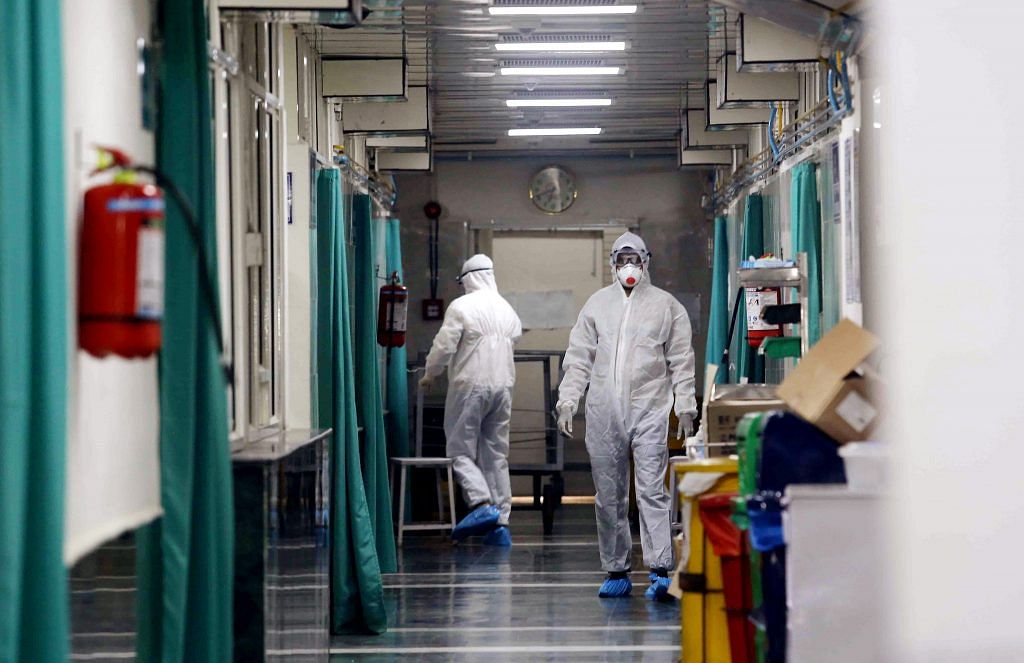New Delhi: Scientists have created the first 3D atomic scale map of a part of the novel coronavirus that attaches to and infects human cells. This, they claim, could be a critical “breakthrough” towards developing a vaccine for the virus that has triggered a global health emergency.
The deadly virus has so far killed over 2,000 people in China.
There are currently no vaccines or treatment for the disease.
The researchers, led by associate professor at University of Texas in Austin, Jason McLellan, have mapped a part of the virus — called ‘spike protein’.
The team, which has been studying coronaviruses for many years, said this is an essential step in developing vaccines and antiviral drugs to combat the deadly infection.
“As soon as we knew this was a coronavirus, we felt we had to jump at it, because we could be one of the first ones to get this structure,” McLellan said in a statement issued Wednesday night.
“We knew exactly what mutations to put into this, because we’ve already shown these mutations work for a bunch of other coronaviruses,” he added.
Also read: Chinese firms are issuing ‘anti-coronavirus bonds’ — what they are and how they will help
How it works
Within two weeks of receiving the genome sequence of the virus from Chinese researchers, the team — also comprising PhD student Daniel Wrapp and research associate Nianshuang Wang — produced samples of their stabilised spike protein.
In another 12 days, they reconstructed the 3D atomic scale map, called a molecular structure, of the spike protein.
The manuscript of the study was submitted to the journal, Science, which expedited its peer review process that typically takes months to complete. The paper was published Wednesday.
The molecule for which the team has obtained a structure represents only the extracellular portion of the spike protein, but the scientists claim it is enough to elicit an immune response in people, and thus serve as a vaccine.
The team now plans to use their molecule as a “probe” to isolate naturally produced antibodies from patients who have been infected with the novel coronavirus and successfully recovered.
In large enough quantities, these antibodies could help treat a coronavirus infection soon after exposure.
For example, the antibodies could protect soldiers or healthcare workers sent to an area with high infection rates on short notice for the immunity from a vaccine to take effect, researchers said.
Also read: Alarmed over coronavirus, India to make list of viruses, bacteria to develop vaccines
